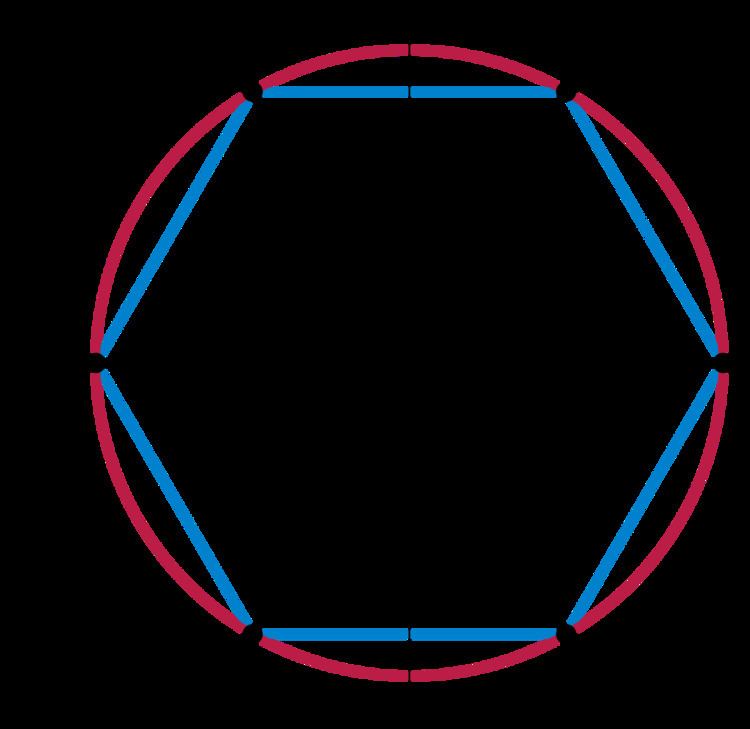 | ||
In mathematics, a group G is called the direct sum of two subgroups H1 and H2 if
Contents
- Direct summand
- Examples
- Equivalence of decompositions into direct sums
- Generalization to sums over infinite sets
- References
More generally, G is called the direct sum of a finite set of subgroups {Hi} if
If G is the direct sum of subgroups H and K, then we write G = H + K; if G is the direct sum of a set of subgroups {Hi}, we often write G = ∑Hi. Loosely speaking, a direct sum is isomorphic to a weak direct product of subgroups.
In abstract algebra, this method of construction can be generalized to direct sums of vector spaces, modules, and other structures; see the article direct sum of modules for more information.
This notation is commutative; so that in the case of the direct sum of two subgroups, G = H + K = K + H. It is also associative in the sense that if G = H + K, and K = L + M, then G = H + (L + M) = H + L + M.
A group which can be expressed as a direct sum of non-trivial subgroups is called decomposable; otherwise it is called indecomposable.
If G = H + K, then it can be proven that:
The above assertions can be generalized to the case of G = ∑Hi, where {Hi} is a finite set of subgroups.
Note the similarity with the direct product, where each g can be expressed uniquely as
g = (h1,h2, ..., hi, ..., hn)Since hi * hj = hj * hi for all i ≠ j, it follows that multiplication of elements in a direct sum is isomorphic to multiplication of the corresponding elements in the direct product; thus for finite sets of subgroups, ∑Hi is isomorphic to the direct product ×{Hi}.
Direct summand
Given a group
In abelian groups, if
Examples
Equivalence of decompositions into direct sums
In the decomposition of a finite group into a direct sum of indecomposable subgroups the embedding of the subgroups is not unique; for example, in the Klein group, V4 = C2 × C2, we have that
V4 = <(0,1)> + <(1,0)> andV4 = <(1,1)> + <(1,0)>.However, it is the content of the Remak-Krull-Schmidt theorem that given a finite group G = ∑Ai = ∑Bj, where each Ai and each Bj is non-trivial and indecomposable, the two sums have equal terms up to reordering and isomorphism.
The Remak-Krull-Schmidt theorem fails for infinite groups; so in the case of infinite G = H + K = L + M, even when all subgroups are non-trivial and indecomposable, we cannot then assume that H is isomorphic to either L or M.
Generalization to sums over infinite sets
To describe the above properties in the case where G is the direct sum of an infinite (perhaps uncountable) set of subgroups, more care is needed.
If g is an element of the cartesian product ∏{Hi} of a set of groups, let gi be the ith element of g in the product. The external direct sum of a set of groups {Hi} (written as ∑E{Hi}) is the subset of ∏{Hi}, where, for each element g of ∑E{Hi}, gi is the identity
This subset does indeed form a group; and for a finite set of groups Hi, the external direct sum is identical to the direct product.
If G = ∑Hi, then G is isomorphic to ∑E{Hi}. Thus, in a sense, the direct sum is an "internal" external direct sum. For each element g in G, there is a unique finite set S and unique {hi in Hi : i in S} such that g = ∏ {hi : i in S}.
